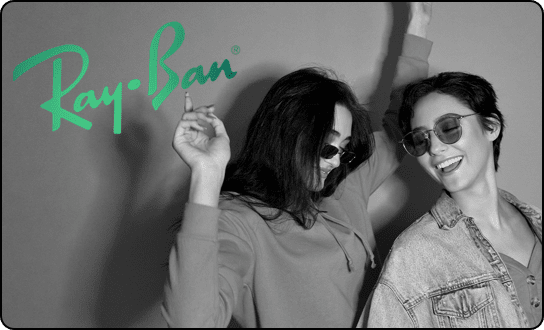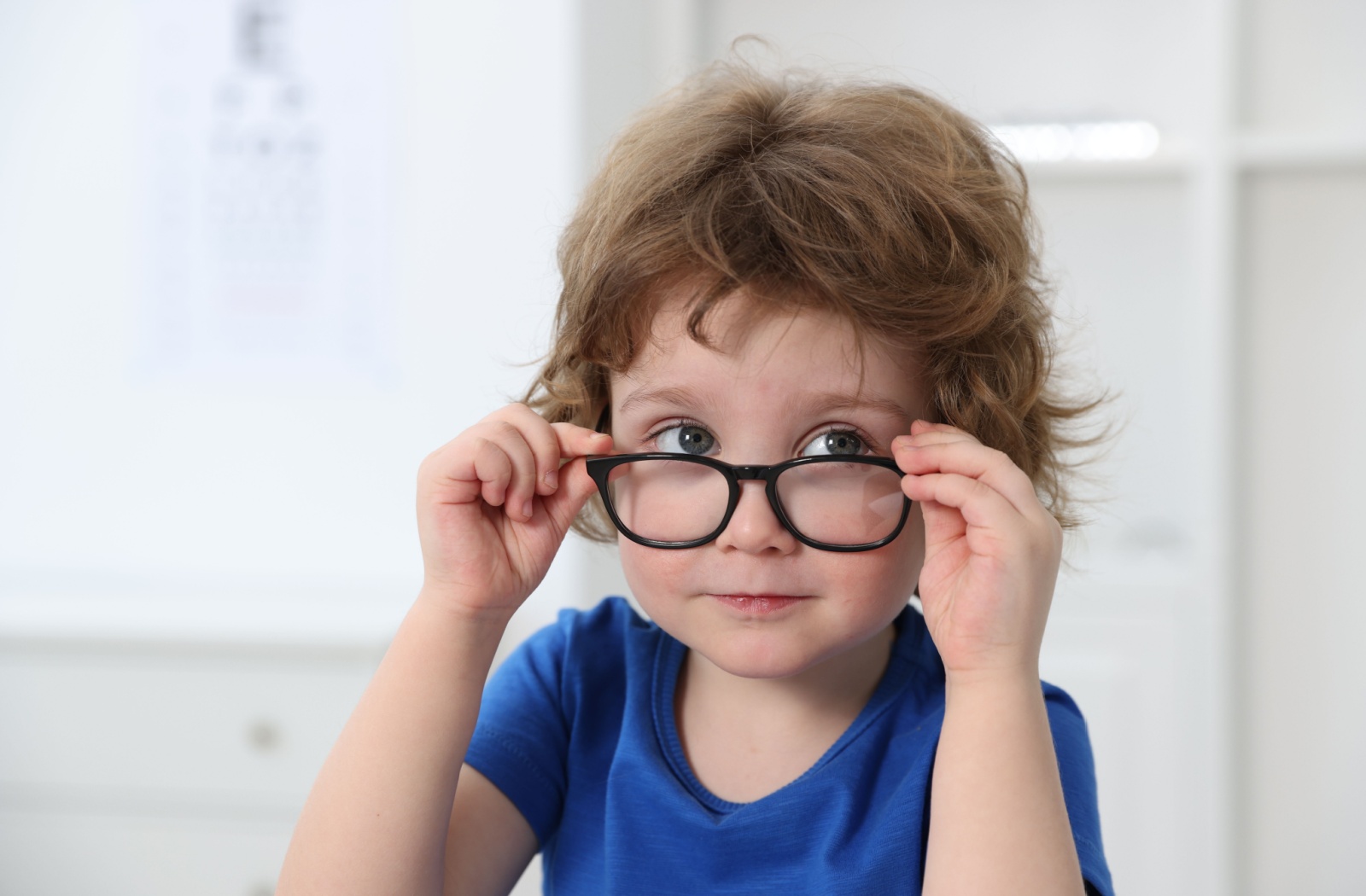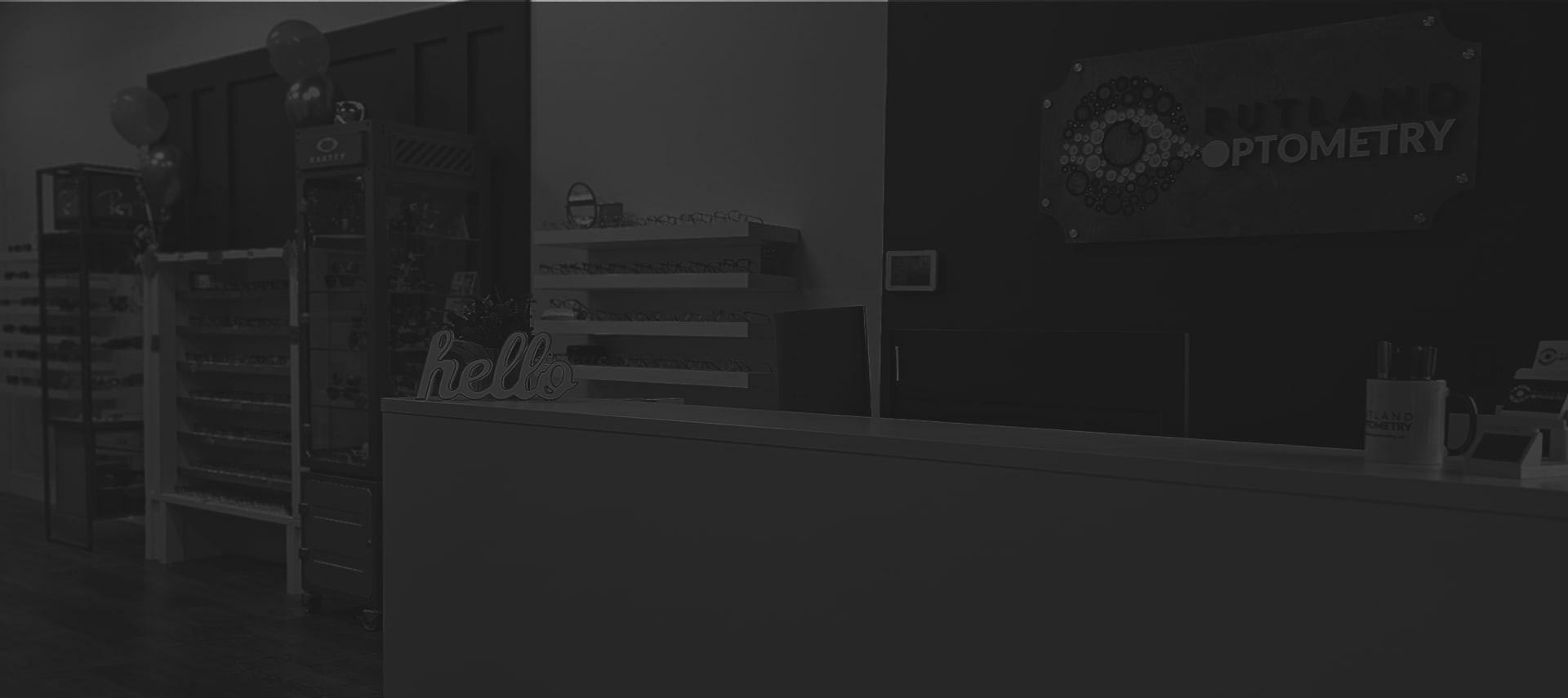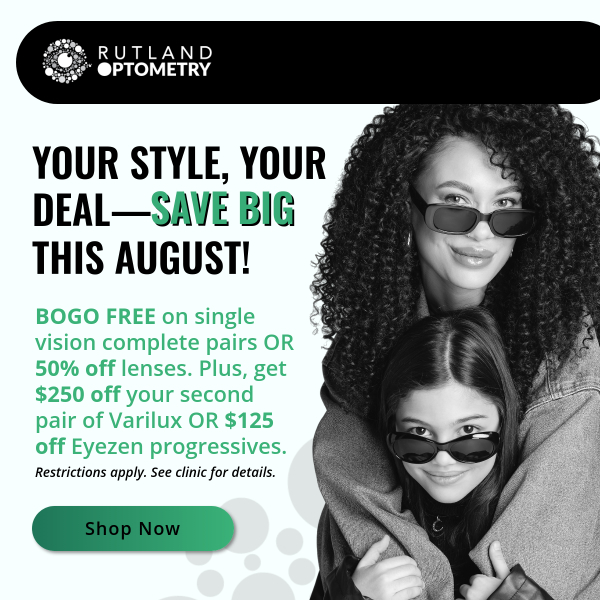Safety glasses are an essential piece of equipment for anyone working in environments where eye protection is necessary. Whether in a workshop, lab, or construction site, keeping your safety glasses clean is crucial for maintaining clear vision and protecting your eyes.
Some tips to help you keep your safety glasses clean and effective include:
- Choose the right cleaning materials
- Rinse before wiping
- Using mild soap
- Gently wipe the lenses
- Dry thoroughly
- Store properly
- Regular maintenance
At Rutland Optometry, we believe that safeguarding your eyesight is of the utmost importance. That’s why we provide a range of prescription safety glasses and sunglasses, allowing you to excel in your activities with optimal protection.
Choose the Right Cleaning Materials
The initial and crucial step towards maintaining the cleanliness of your safety glasses involves choosing the right cleaning supplies.
Avoiding strong chemicals or rough materials that might scratch or degrade the lenses is important. Harsh substances can strip away protective coatings or leave permanent marks, significantly reducing the clarity and effectiveness of your safety glasses.
Instead, it’s advisable to use gentle soap combined with warm water. This combination effectively removes dirt and grease without harming the lens. For wiping and drying, selecting a soft, lint-free cloth is essential. Such a cloth makes sure that no additional debris is transferred onto the lens surface during the cleaning process and helps avoid micro-scratches that can accumulate over time and impair vision.
Rinse Before Wiping
Before cleaning your safety glasses, rinse them under lukewarm water. This preliminary step is important because it washes away any loose dirt, dust, or debris that has settled on the lenses.
If not removed, these particles can act as abrasives when you start wiping the glasses with a cloth, potentially causing scratches on the lens surface. Scratches, even minor ones, can impair vision and reduce the effectiveness of your safety glasses over time.
Lukewarm water is recommended for the rinsing because it’s gentle on the glasses. Extremely hot water could potentially damage lens coatings, such as anti-fog or anti-scratch treatments, whereas cold water might not be as effective in loosening grime.
After thoroughly rinsing the glasses, gently shake off any excess water. This step makes sure that when you wipe the lenses with a cloth, you do not spread dirt or create smudges, which could further hinder your vision.
Use Mild Soap
When choosing a soap for cleaning your safety glasses, it is recommended to go for a mild, fragrance-free dish soap. This type of soap is specifically chosen because it’s designed to cut through grease and oils without being abrasive, making it ideal for delicate surfaces like safety glasses lenses. Dish soaps are also often free from harsh chemicals or fragrances that could potentially damage the lens coatings or leave behind streaks and residues.
Gently rub the mild dish soap onto the surface of the lenses in a circular motion. This technique helps to distribute the soap evenly, covering all parts of the lenses and effectively breaking down any oily fingerprints, facial oils, or other stubborn marks that may have accumulated.
Avoid using hand soap, window cleaners, or other cleaning agents not specifically designed for this purpose. Many of these products contain moisturizers, perfumes, or other abrasive ingredients that can leave a filmy residue on the lenses or even harm the protective coatings.
Gently Wipe the Lenses
After applying soap, use a soft, lint-free cloth to gently wipe the lenses in a circular motion. Be careful not to press too hard, as this could scratch the lenses. If stubborn smudges or dirt remain, you can use a specialized lens cleaning solution or wipes designed specifically for eyewear.
Dry Thoroughly
Once you’ve cleaned the lenses, gently dry them with a clean, dry cloth. Avoid using paper towels or tissues, which may leave lint or fibres behind. Make sure that the glasses are completely dry before wearing them again.
Store Properly
Proper storage of your safety glasses when not in use is as important as regular cleaning to maintain their condition and extend their lifespan.
Be mindful of placing the safety glasses inside the case or setting them down temporarily. Laying them face down on any surface, even seemingly smooth ones, can expose the lenses to potential scratching hazards.
Environmental factors like direct sunlight and extreme heat can also adversely affect your safety glasses. Prolonged exposure to sunlight can cause the materials, especially the lens coatings and the frame, to degrade over time.
Regular Maintenance
Make cleaning your safety glasses a regular part of your routine. Depending on your work environment, you may need to clean them daily or more frequently. Regular maintenance not only keeps your glasses clean but also ensures that they provide maximum protection for your eyes.
The Importance of Keeping Safety Glasses Clean
Keeping your safety glasses clean is essential for maintaining clear vision and safety in the workplace. By following these simple tips, you can keep your safety glasses in top condition and enjoy clear, unobstructed vision whenever needed.
At Rutland Optometry, our skilled team of optometrists recognizes the balance between clear vision and safety. We are committed to being your go-to source for prescription safety eyewear and sunglasses. Whether your needs are professional or leisure, we’ve got your eyes protected–give us a visit today!
















